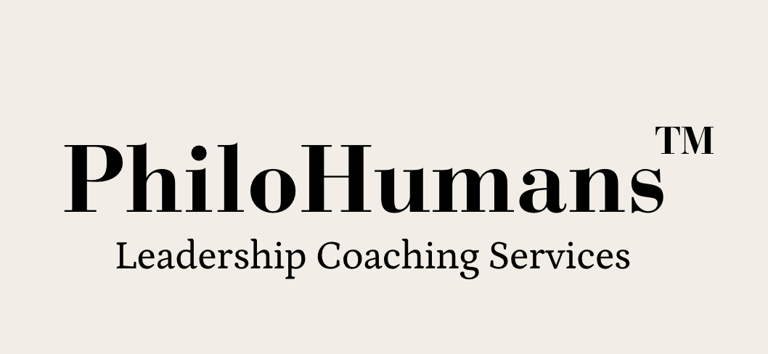Measuring the Effectiveness of Servant Leadership in Organizations
Explore effective methods to measure servant leadership within your organization, including the SL-28 Scale, OLA, feedback assessments, and KPIs, for continuous improvement and alignment with goals.
LEADERSHIP RELATIONSHIPS
Dr. Rojin Karickal
10/24/20242 min read


Servant leadership is a powerful approach that prioritizes the growth and well-being of employees, fostering a positive organizational culture. However, measuring its effectiveness can be challenging. Here are some key methods and tools that organizations can use to evaluate their servant leadership initiatives:
1.SL-28 Scale
The SL-28 Scale is a comprehensive tool developed by researchers at the University of Illinois at Chicago. This 28-item measure evaluates seven dimensions of servant leadership:
Emotional Healing: The leader's ability to recognize and address the emotional needs of employees.
Community Value Creation: The leader's role in building a sense of community within the organization.
Conceptual Skills: The leader's ability to understand and navigate complex organizational issues.
Empowerment: The leader's efforts to empower employees to take initiative and make decisions.
Growth Facilitation: The leader's commitment to the personal and professional growth of employees.
Prioritizing Subordinates: The leader's focus on putting the needs of employees first.
Ethical Behavior: The leader's adherence to ethical standards and practices.
These dimensions are linked to positive outcomes such as enhanced job performance and organizational commitment, making the SL-28 Scale a valuable tool for measuring servant leadership.
2.Organizational Leadership Assessment (OLA)
The OLA is designed to assess the overall health of an organization and the perceptions of leadership practices from various levels within the organization. It measures the alignment between the actions of leaders and the perceptions of the workforce, providing insights into how well servant leadership principles are being practiced and perceived.
3.Feedback and Self-Assessments
Regular feedback and self-assessment sessions are crucial for evaluating servant leadership. These can include:
Self-Assessments: Leaders evaluate their own adherence to servant leadership principles.
Peer Reviews: Colleagues provide feedback on each other's leadership practices.
Regular Feedback Sessions: Ongoing feedback from employees to leaders about their leadership style.
These methods help gauge how well leaders embody core servant leadership principles such as empathy, listening, and community focus.
4.Key Performance Indicators (KPIs)
Establishing clear KPIs related to servant leadership values can help track and promote adherence to these principles. Examples of KPIs include:
Integrity: Measuring the consistency of ethical behavior.
Compassion: Tracking instances of empathetic interactions and support.
Empowerment: Monitoring the frequency and impact of empowerment initiatives.
By setting and tracking these KPIs, organizations can ensure that servant leadership values are being upheld and can make data-driven decisions to improve their leadership practices.
By utilizing these methods, organizations can effectively measure the impact of their servant leadership initiatives, ensuring continuous improvement and alignment with organizational goals.


